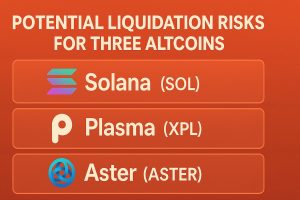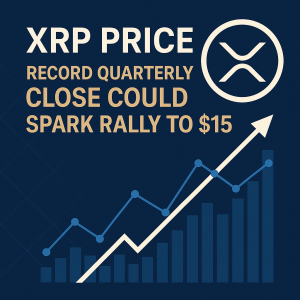The ‘lock-in’ phenomenon continues to influence the American housing market, leading many homeowners to remain in their current residences longer than usual. This trend is reshaping how the housing market functions, with potential impacts on housing supply, prices, and economic mobility.
In recent years, homeowners who purchased properties during periods of low interest rates have found it beneficial to stay put rather than sell and buy new homes at higher rates. This behavior has been driven by the desire to lock in low mortgage rates, which are often significantly below current market rates. As a result, many are hesitant to move, even if their circumstances change or they seek different amenities or locations.
Research indicates that this ‘lock-in’ effect has contributed to a slowdown in the housing market, constraining supply and keeping house prices elevated. The phenomenon is also linked to a sense of financial security; homeowners with locked-in low rates are less inclined to face the costs and uncertainties associated with selling and relocating.
Financial institutions and real estate experts are closely monitoring this trend, as it could prolong the current housing market dynamics, including limited inventory and high prices. The ‘lock-in’ effect has implications for first-time buyers, who may find it more difficult to enter the market due to reduced availability of listings from existing homeowners.
Economists warn that if the ‘lock-in’ trend persists, it could hinder overall housing market mobility, affecting economic growth and regional development. Policymakers are also considering potential measures to address the issue, such as incentives for homeowners to sell or reforms in mortgage policies.
Looking ahead, the ongoing impact of the ‘lock-in’ phenomenon will be influenced by interest rate movements, housing market recovery, and broader economic conditions. Changes in mortgage rates or housing policies could either mitigate or exacerbate this trend.
What is the main reason homeowners are hesitant to sell?
Many homeowners are hesitant to sell because they want to maintain their low mortgage rates and avoid the costs associated with moving and refinancing.
How does the ‘lock-in’ effect impact housing prices?
The ‘lock-in’ effect reduces the number of homes available for sale, which can drive up housing prices due to limited supply.
What could policymakers do to alleviate the ‘lock-in’ problem?
Policymakers could introduce incentives or reforms to encourage homeowners to sell and increase housing market mobility.







